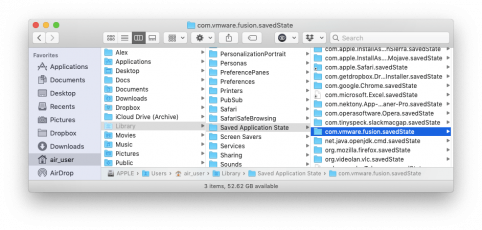
You will need to create and confirm a one time MOK password which you will supply to your UEFI BIOS.Workstation Player is a desktop virtualization software that allows you to run multiple, isolated operating systems on a single machine. Send the MOK to the UEFI BIOS:mokutil –import MOK.der The service will be added to the MOK file:Īdd the vmnet service to it:sudo /usr/src/linux-headers-`uname -r`/scripts/sign-file sha256. MOK.der $(modinfo -n vmmon)īecause the command begins with super user do, you will need to authenticate it:

To add these when Ubuntu Boots we need to create a MOK.Ĭreate a New MOK Key:openssl req – new -x509 -newkey rsa:2048 -keyout MOK.priv -outform DER -out MOK.der -nodes -days 36500 -subj "/CN=VMware/"Īdd the vmmon service to it:sudo /usr/src/linux-headers-`uname -r`/scripts/sign-file sha256. This is because two critical services do not start due to Secure Boot. Please make sure that the kernel module 'vmmon' is loaded. If you have Secure Boot Enabled you will get the following error message:Ĭould not open /dev/-vmmon: No such file or directory. Save the changes and exit the UEFI BIOS Setup: Create New Machine Owner Key (MOK) with vmnet and vmmon Services You do not need Trusted Execution (this is only required if using a service like Windows 10 BitLocker in a Windows 10 VM): Power up your Dell and press, if using a Lenovo press : In order to create a VM, you will need to enable CPU Virtualisation technologies in your UEFI BIOS Setup. You will see the main VMware window: Enabling Virtualization Technologies with your UEFI BIOS Input your password and select Authenticate: You will need to authenticate these settings. You can either License VMware Player for Commercial use or use it for Free for non-commercial use: You can optionally join the VMware customer experience program: You can optionally search for updates at start-up: You can paste the file name in the console by right clicking the console and selecting paste.Īccept the License Agreement and select Next:

If a newer version of VMware player is available use that file name instead of the one above. Sh is an abbreviation used for a shell install. Install the bundle file using:sudo sh VMware-Player-16.0.0-16894299.x86_64.bundle

Right click it and select rename, then copy its name including its. In the downloads folder you should have the VMware Player file. The console will now be open in the Downloads folder. The perquisites should now be installed: Install VMware Player install will install a package, in this case the package named build-essential.īecause super user do (sudo) was typed in you will need to authorise this with your password. Sudo is an abbreviation for super user do and apt is an abbreviation for advanced package tool. Open up a terminal and type in:sudo apt install build-essential


 0 kommentar(er)
0 kommentar(er)
